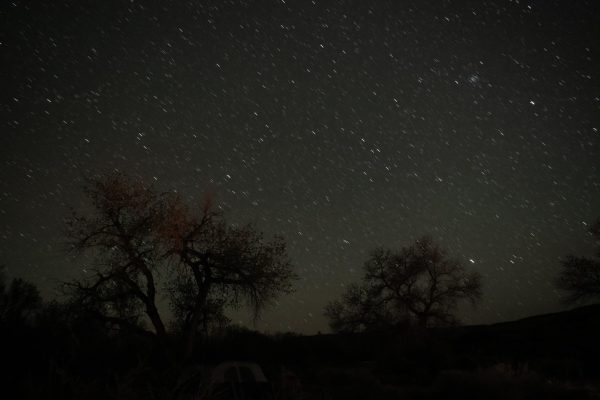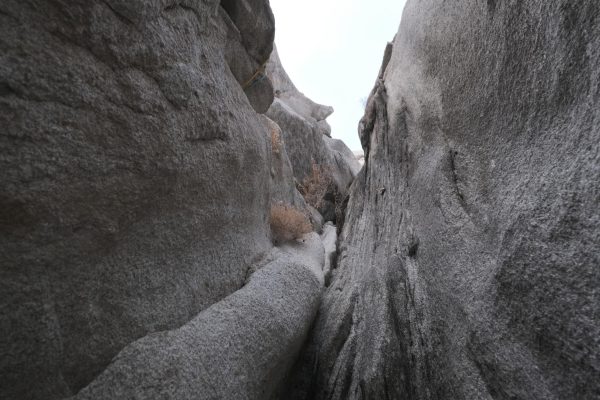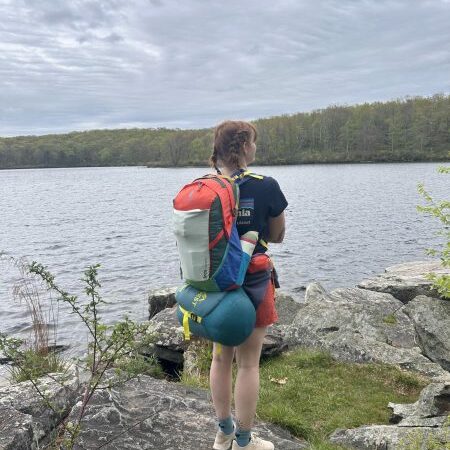In the Deep
Not many feelings trump the exhilaration you feel when you are knee-deep in fresh powder, cruising down the mountain with snow fogging up your goggles. Most winters, skiers and boarders can hope for 3-4 of these powder days a year; however, this past winter has already far surpassed this number in only mid-January. From the end of 2022 into early 2023, weather in the Wasatch has brought dozens of feet of thick snowfall and record-breaking storms.
By mid-January, the snow levels were at a 195% increase from average all across Utah. By just the numbers alone, this winter is on track to be the largest snow-wielding season in over 20 years. The first snowfall across Big and Little Cottonwood canyons occurred on October 22nd of 2022: since then, resorts like Alta Ski Area have seen nearly 5 inches of snow per day! Common 20-inch + storms have absolutely buried resorts in deep snow – most resorts have already totaled over 400 inches of accumulation. As recorded by Alta & Snowbird resorts, a typical winter will see an average of about 500 inches of snow – by January 16th of 2023, this number was 422. With 3 more months of expected snowfall, this winter is bound to be one of the best in years.
Everyone loves skiing in powder, but there are some risks accompanying the deep snow. The most important thing to remember when hitting the slopes after an intense storm is to ride with friends. Do not ski alone. Tree wells are deep, loose cavities of snow that are common at the base of trees–these wells take the lives of skiers every single year, and many of these deaths could be avoided by sticking with a group of friends. Regardless of the snow report, it is always recommended to stick with a group; however, on days with especially deep snow, this is more of a rule of thumb than a recommendation. In addition to sticking with some pals, always make sure to wear a helmet. The deeper the snow, the more falls to expect.
While skiing in fresh snow within the Wasatch mountains is one of Utahns’ favorite past-times, record-breaking storms have been assailing the entire continental west of the U.S – and this is less exciting and more terrifying for places like Santa Cruz, CA. In early January of this year, northern California was assaulted with weeks of heavy rain, in which small coastal businesses and homes were completely destroyed. 20-foot waves resulted in the evacuations of hundreds of Santa Cruz citizens whose homes were in danger of intense flooding, and dozens of businesses were closed as a result of flooding and overwhelming surges of sand.
The flux of storms blessing the Wasatch has led to nothing but good times in deep powder, but it is important to remember that other nearby parts of America have not been so lucky. It could be easy to attribute this increase of snow to an improvement in global warming and climate change, but that idea is actually contrary to what is really happening. One of the primary consequences of climate change is the increasing frequency of drastic and extreme weather events. From fires to tsunamis, earthquakes to heat waves, severe weather events directly endanger the lives of millions of people. Each year, more and more of these events alter the lives of many. As residents of Utah (the Wasatch region in particular) we are extremely lucky to be reaping the rewards of severe weather – there are millions who are suffering greatly from the same storm surges we are enjoying.
The post In the Deep appeared first on Wasatch Magazine.





